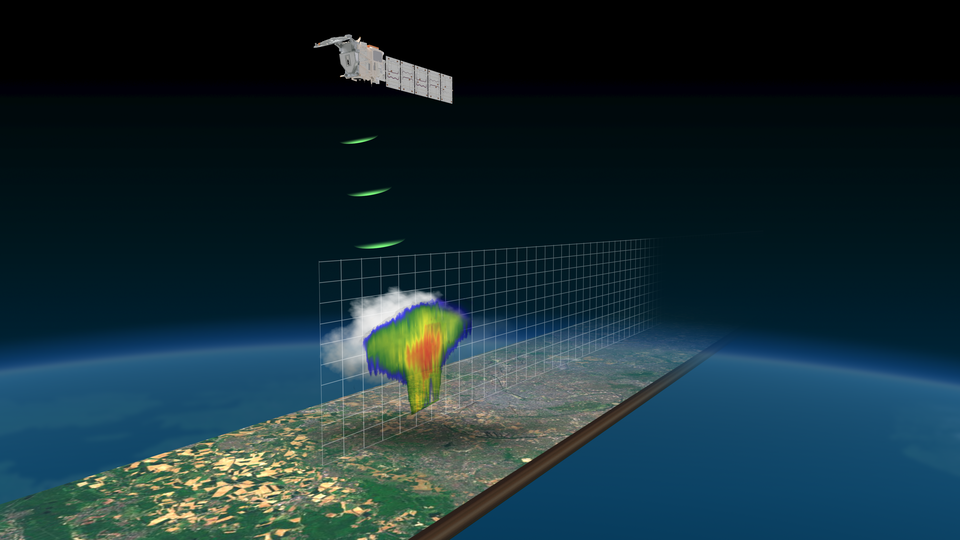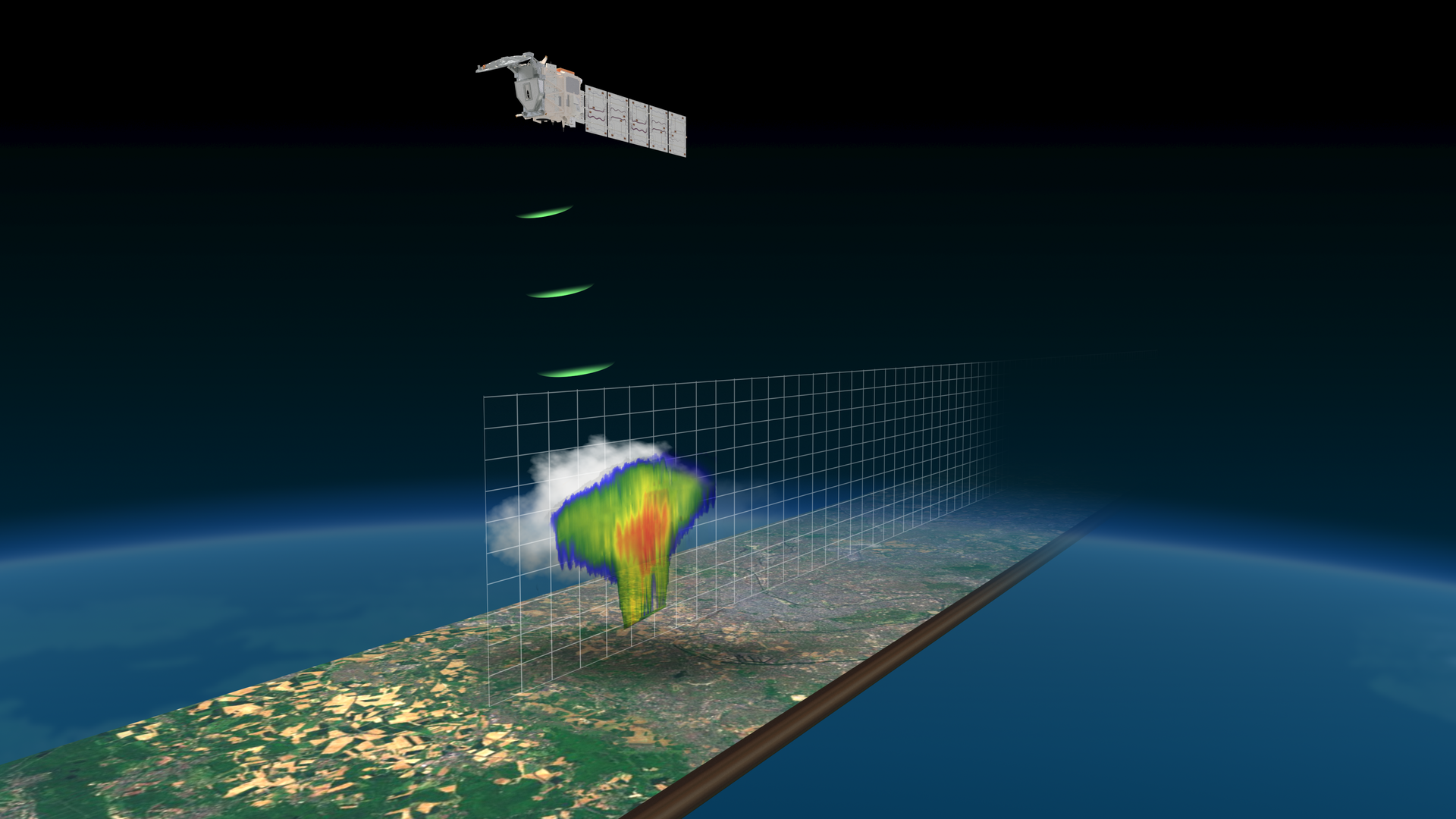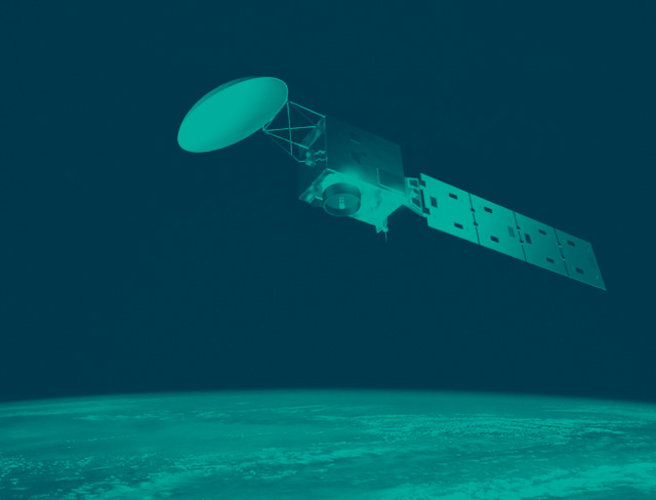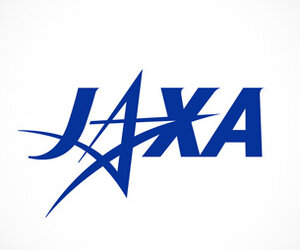EarthCARE’s cloud profiling radar
The EarthCARE satellite carries four instruments that together shed new light on the role that clouds and aerosols play in regulating Earth’s climate. One of these instruments is the cloud profiling radar.
The cloud profiling radar penetrates through clouds and light precipitation – providing detailed insights into their vertical structure and velocity, particle size distribution and water content. This radar is essential for studying cloud processes, such as the formation and dissipation of clouds, and contributes valuable data for improving weather and climate models.
The cloud profiling radar is a Doppler capable radar that measures radar reflectivity and vertical velocities detected from cloud and precipitation particles. The longer wavelength of the radar signal, in comparison to the light emitted by the atmospheric lidar, allows its signal to penetrate much deeper into clouds. In synergistic use with the atmospheric lidar and multispectral imager its measurements can be used to classify atmospheric targets and to derive atmospheric profiles that are important for making radiative transfer calculations.
The radar sits at the top of the EarthCARE satellite with a prominent, 2.5 metre antenna that is deployed soon after the launch. An active instrument, the radar consumes around 300 W to generate radar pulses at 94 GHz.
Within the transmitter receiver subsystem, the radar pulses with 3.3 microsecond duration are generated by a low power pulse generation chain, and then amplified to more than 1.5 kW in a high-power transmitter. This allows a 500 m vertical resolution. Three different pulse repetition frequencies can be selected, varied depending on the satellite altitude and latitude. The signal is transmitted with a left-hand circular polarisation.
The receiver collects echoes from clouds and the ground, and down-converts these to an intermediate frequency signal which is transferred to a signal processing unit. The received signal is right-hand circular polarised. Measurement of the time of flight of the received echo can be used to pinpoint the altitude at which it was generated in the atmosphere.
Receiver performance is determined by switching from observation mode to signal generated by a noise source within the receiver. An internal calibration mode checks the linearity and bias of the amplifier in the signal processing unit.

The overall performance of the cloud profiling radar is evaluated using an on-ground active radar calibrator that can be used in three modes. In active radar calibrator receive mode, the cloud profiling transmitter performance is measured. In active radar calibrator transmit mode, the cloud profiling radar receiver performance is measured. In active radar calibrator transponder mode, the unit automatically responds to a received signal, introducing a delay on the transmitted signal to avoid the contamination with ground echo, allowing the overall performance to be measured. The active radar calibrator also provides the antenna pattern and information on pulse length.
The EarthCARE satellite also performs a monthly roll manoeuvre to provide a sea-surface calibration of the radar. It allows measurement of the angular dependence of the strength of the radar signal as it is reflected by a distributed scatterer, the sea surface, in order to evaluate the cloud profiling radar’s performance; the normalised radar cross section of the sea surface echo has a clear incident angle dependency and its shape is dependent on sea-surface wind, which can be measured separately.
The cloud profiling radar was provided to ESA via a collaboration with the Japan Aerospace Exploration Agency, JAXA.
Back to EarthCARE instrument package page.








